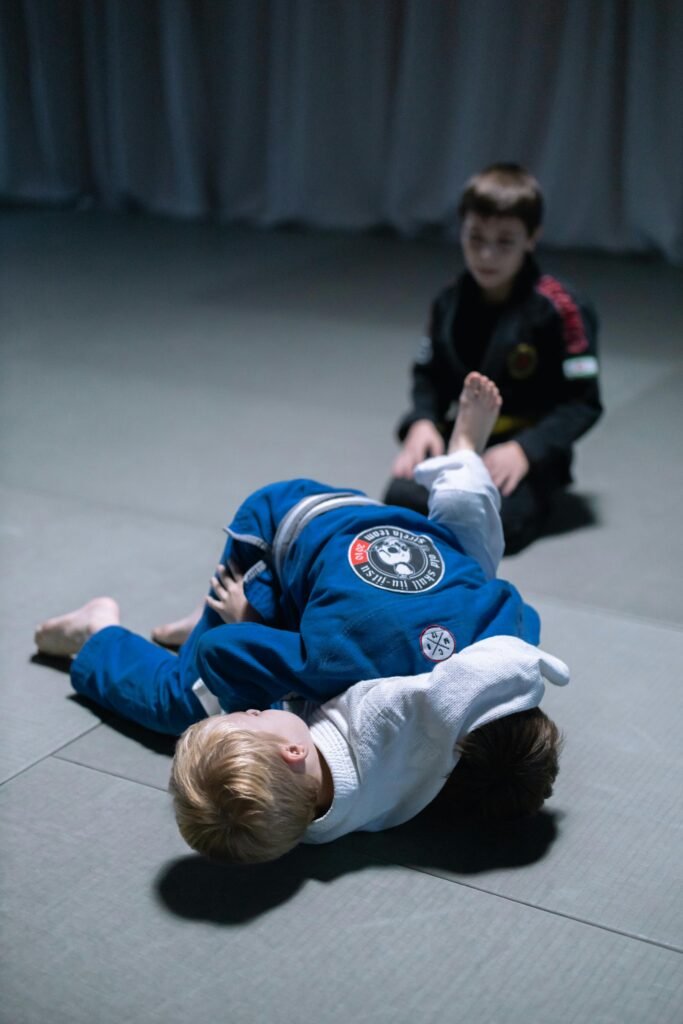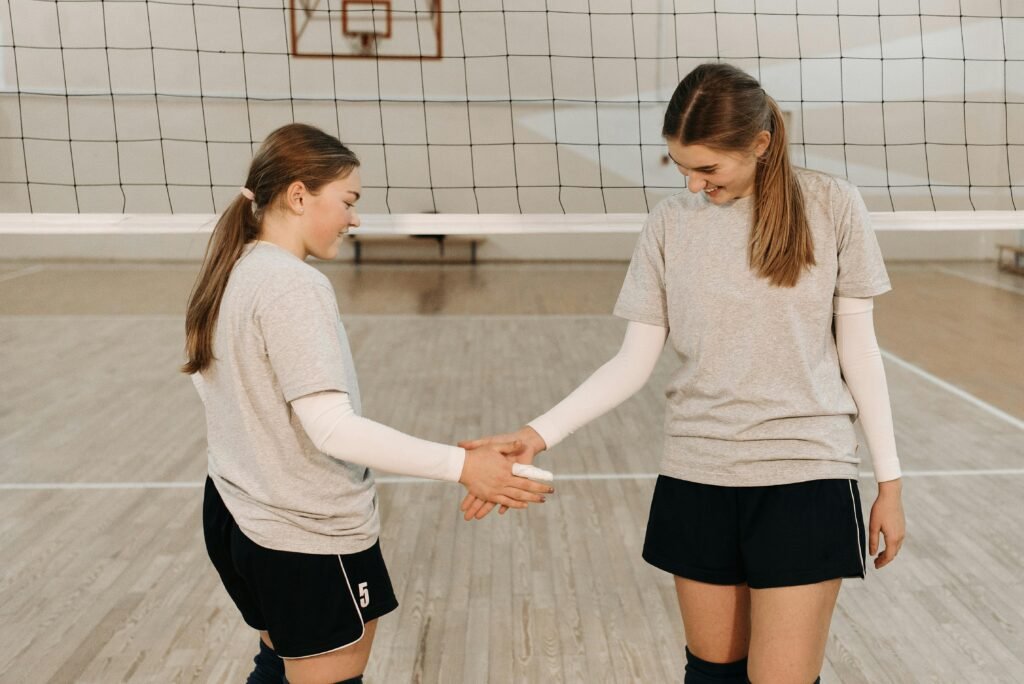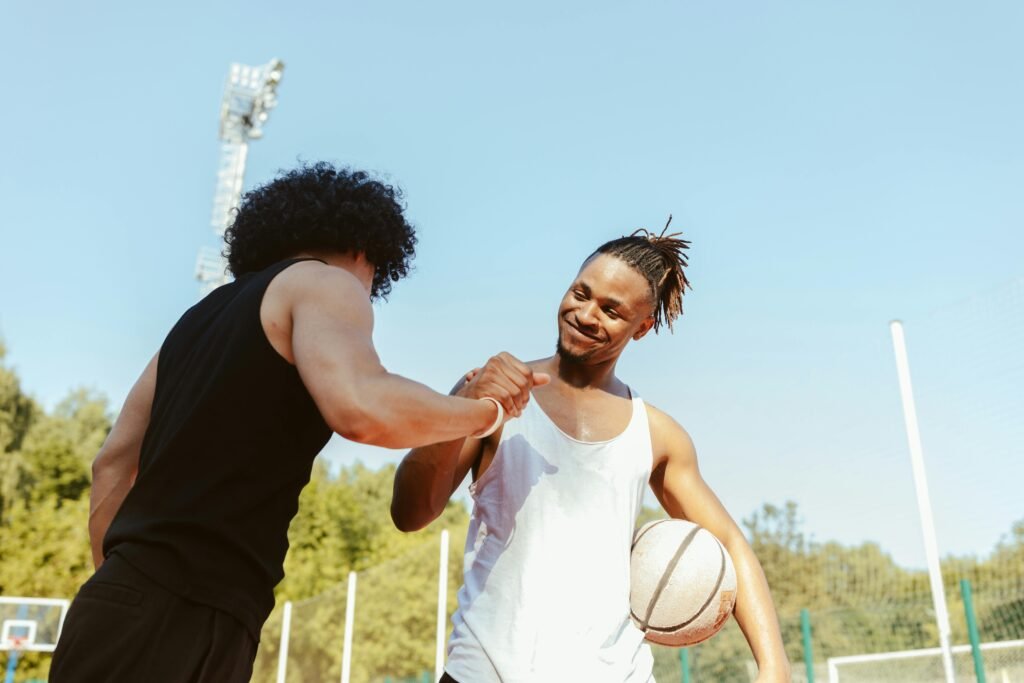Get ready to take your shooting game to the next level with our article on “Expert Shooting Tips and Techniques.” Whether you’re a seasoned marksman or just starting out, this article is packed with advanced shooting techniques and practices that will help you improve your accuracy and precision. From mastering your grip and stance to honing your sight alignment and trigger control, we’ve got you covered with expert advice and practical tips that will elevate your shooting skills. Get ready to hit the bullseye like never before with our comprehensive guide.

This image is property of images.pexels.com.
Proper Grip and Stance
Correct Hand Placement
When it comes to shooting, one of the first things you need to focus on is your grip on the firearm. Having the correct hand placement is crucial for maintaining control and accuracy. Start by placing your dominant hand high on the grip, ensuring that your fingers are wrapped around it firmly. Your index finger should rest comfortably on the trigger, ready to engage when the time is right.
Firm Grip on the Firearm
To ensure a firm grip on the firearm, you need to use both hands. Position your non-dominant hand so that it supports the handgun from underneath, with your fingers wrapping around the bottom of the grip. This will provide added stability and balance, reducing the chances of your shots going off-target due to recoil. Remember, a firm grip will enhance your ability to control the firearm.
Balanced Stance
While having a proper grip is essential, your stance also plays a critical role in your shooting accuracy. Maintaining a balanced stance will provide a solid foundation on which to shoot. Start by standing with your feet shoulder-width apart, distributing your weight evenly. Your body should face the target with a slight forward lean, allowing you to manage recoil effectively. A balanced stance will ensure stability while firing and allow for more accurate follow-up shots.
Sight Alignment and Picture
Importance of Proper Sight Alignment
Achieving proper sight alignment is key to hitting your target consistently. Sight alignment refers to lining up the front and rear sights of your firearm correctly. The front sight should sit centered between the rear sights, and the top of the front sight should be level with the top of the rear sights. When your sights are aligned, you’re setting yourself up for accurate shooting.
Focusing on the Front Sight
While it may be tempting to focus solely on the target, it’s essential to shift your attention to the front sight. The front sight is where your focus should be primarily directed. By keeping your eye on the front sight, you become less distracted by outside factors and have a reference point for your aim. Remember, the front sight is your guide to precision shooting.
Maintaining a Steady Sight Picture
A steady sight picture involves keeping your front sight aligned with your target while maintaining focus. This requires concentration and control over your grip and stance. The goal is to minimize any movement of the sight picture while you prepare to shoot. Steadiness allows for better aiming and increases the chances of hitting your target consistently.

This image is property of images.pexels.com.
Breathing Control
Understanding the Impact of Breathing on Accuracy
You may not realize it, but your breathing can significantly impact your shooting accuracy. Inhalation and exhalation cause your body to move slightly, resulting in potential sight misalignment. By understanding the impact of breathing on accuracy, you can learn to control it and improve your shooting skills.
Controlling Breaths during Aim and Shoot
To control your breathing during aiming and shooting, take a moment to consciously inhale and exhale deeply. As you prepare to shoot, hold your breath momentarily during the aiming phase. This technique, known as the natural respiratory pause, allows you to minimize the movement caused by breathing and enhances your precision.
Utilizing the Natural Respiratory Pause
The natural respiratory pause occurs during the transition from exhalation to inhalation or vice versa. By utilizing this pause, you can squeeze the trigger and fire your shot with minimal disruption to your sight alignment. Practice timing your shots with your natural respiratory cycle to optimize accuracy.
Trigger Control
Maintaining a Smooth and Consistent Trigger Pull
Trigger control plays a crucial role in accurate shooting. A smooth and consistent trigger pull helps prevent unnecessary movement and jerking of the firearm. To achieve this, position the pad of your index finger on the trigger and apply steady pressure directly back towards the frame. Avoid any jerky or sudden movements, as they can lead to inaccurate shots.
Avoiding Jerking or Flinching
Jerking the trigger or flinching is a common mistake that can negatively affect your shooting accuracy. It is crucial to stay calm and maintain finger control. Remember, a delicate, controlled squeeze is key. With practice and proper technique, you can avoid jerking or flinching and maintain accuracy.
Understanding the Reset Point
Understanding the reset point of your firearm’s trigger is essential for quick and efficient follow-up shots. The reset point is the position at which the trigger can be engaged again following a shot without fully releasing it. Becoming familiar with the reset point allows for faster target engagement and greater control over your shooting.

This image is property of images.pexels.com.
Aiming Techniques
Using Iron Sights
Iron sights are a fundamental aiming system found on many firearms. They consist of a front sight post and a rear sight channel. To use iron sights effectively, focus on aligning the front sight post with the rear sight channel, while also ensuring the front sight is centered on the target. With proper alignment and practice, iron sights can provide great accuracy.
Utilizing Optical Sights and Scopes
Optical sights and scopes offer enhanced aiming capabilities, especially for long-range shooting. These devices provide a magnified view of the target, along with reticles or crosshairs for better precision. When utilizing optical sights, ensure proper alignment of the reticle with the target and practice finding a comfortable eye relief for optimal shooting positions.
Estimating and Adjusting for Bullet Drop
Estimating bullet drop is crucial for hitting targets at various distances. Different ammunition will have different ballistic characteristics, resulting in bullet drop as the projectile travels through the air. Understanding the impact of bullet drop and adjusting your aim accordingly is necessary for long-range accuracy. Practice at different distances to become familiar with the bullet drop of your ammunition.
Body Positioning and Stability
Finding a Comfortable Shooting Position
Finding a comfortable shooting position is vital for stability and accuracy. Experiment with different positions such as standing, kneeling, or prone shooting to determine what works best for you. The key is to ensure your body is aligned with the target comfortably, allowing for controlled and repeatable shots.
Managing Recoil and Follow-through
Recoil can potentially affect sight alignment and accuracy. By focusing on managing recoil, you can minimize its impact on your follow-up shots. Ensure a firm grip on the firearm, maintain a balanced stance, and practice maintaining sight alignment during and after each shot. Remember, follow-through is crucial – maintain your shooting position until you have confirmed the shot and achieved your desired results.
Importance of Proper Body Alignment
Proper body alignment is essential for stability and control. Aligning your body with the target ensures that your shots are delivered accurately. Pay attention to your shoulders, hips, and feet, ensuring they are squared to the target. Proper alignment promotes consistent shooting and reduces the chances of your shots straying off-target.
Focus and Concentration
Mental Preparation for Better Accuracy
Shooting accurately requires mental preparation and focus. Before shooting, take a moment to mentally prepare yourself. Visualize your target and the path your shot will take to reach it. Clear your mind of distractions and focus on the task at hand. By mentally preparing, you can improve your concentration and increase your chances of hitting your target.
Blocking Out Distractions
Distractions can disrupt your focus and hinder your shooting performance. When shooting, ensure you are in a quiet and controlled environment, free from unnecessary distractions. By creating this calm and focused atmosphere, you can block out external influences and channel your attention towards achieving accurate shots.
Developing a Zen-like Mindset
In the pursuit of accuracy, developing a Zen-like mindset can be beneficial. By cultivating a calm and focused mental state, you can maintain clarity and precision during shooting. Practice deep breathing and mindfulness techniques to help you stay in the present moment and achieve a state of mental flow. A Zen-like mindset can enhance your shooting performance and promote consistent accuracy.
Practice and Training Drills
Dry Fire Exercises
Dry fire exercises involve practicing your shooting technique without live ammunition. This allows you to focus solely on your grip, trigger control, and sight alignment. Dry fire drills are an excellent way to refine your technique, develop muscle memory, and reinforce good shooting habits. Remember to always follow firearm safety protocols and ensure your firearm is unloaded when practicing dry fire drills.
Live Fire Drills
Live fire drills involve shooting with live ammunition, allowing you to put your skills to the test. Incorporate different shooting scenarios, such as timed drills or shooting from various positions, to challenge your accuracy and shooting speed. Practice regularly at the range to refine your shooting abilities and build confidence in your technique.
Shot Group Analysis
Analyzing your shot groups can provide valuable insights into your shooting performance. After a practice session or training drill, examine the grouping of your shots on the target. Assessing shot placement can help identify areas for improvement and allow you to make adjustments to your shooting technique. Over time, consistently analyzing your shot groups will help you track progress and refine your shooting skills.
Mastering Different Shooting Techniques
Shooting from Prone Position
Shooting from a prone position offers stability and control. To shoot effectively from a prone position, lay flat on your stomach, extend your arms forward, and position the firearm in your dominant hand. Use your non-dominant hand to support the rear of the firearm or utilize a bipod for added stability. Practice proper body alignment and breathing control to enhance accuracy when shooting from a prone position.
Shooting from Standing Position
Shooting from a standing position requires balance and control. Start with a balanced stance, distributing your weight evenly and keeping your body aligned with the target. Maintain a firm grip on the firearm and practice trigger control. Incorporate proper breathing techniques to minimize movement caused by respiration. With practice, shooting from a standing position can become a reliable and accurate shooting technique.
Shooting on the Move
Shooting on the move is a dynamic shooting technique that simulates real-life scenarios. It requires adaptation and agility. When shooting on the move, ensure your body remains stable and balanced. Timing is crucial – shoot when your body reaches its most stable point during the movement. With practice, shooting on the move can increase your shooting skills and preparedness for self-defense or competitive shooting situations.
Understanding Ballistics and Trajectory
Factors Affecting Bullet Trajectory
Bullet trajectory is influenced by various factors, including muzzle velocity, bullet weight, wind resistance, and gravity. Understanding these factors and how they interact is essential for accurate long-range shooting. Consider the specific characteristics of your ammunition and analyze environmental conditions to adjust for bullet trajectory effectively.
Calculating Windage and Elevation Changes
Windage and elevation changes are critical considerations when shooting at longer distances. Wind can affect bullet trajectory, causing shots to drift off-target. By developing an understanding of how wind affects your bullet’s flight path, you can make appropriate adjustments to your aim. Elevation changes, such as shooting uphill or downhill, also impact bullet trajectory. Practice and experience will help you calculate and compensate for windage and elevation changes, improving your accuracy over longer distances.
Adjusting for Long-range Shots
Long-range shooting requires precise adjustments to compensate for bullet drop and windage. As a shooter, you must be familiar with the ballistic characteristics of your chosen ammunition and understand how distance affects trajectory. By adjusting your aim and making necessary corrections, you can maximize your chances of hitting distant targets accurately.
Remember, becoming a skilled shooter takes time, practice, and dedication. By mastering the various shooting techniques outlined here, and continuing to refine your skills through regular training and practice, you can become a proficient and accurate shooter. Always prioritize safety and follow all applicable laws and regulations regarding firearms. With persistence and a positive mindset, you can achieve your shooting goals and enjoy the rewarding sport of shooting.
